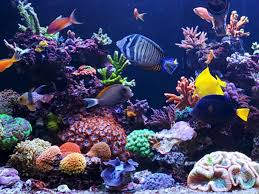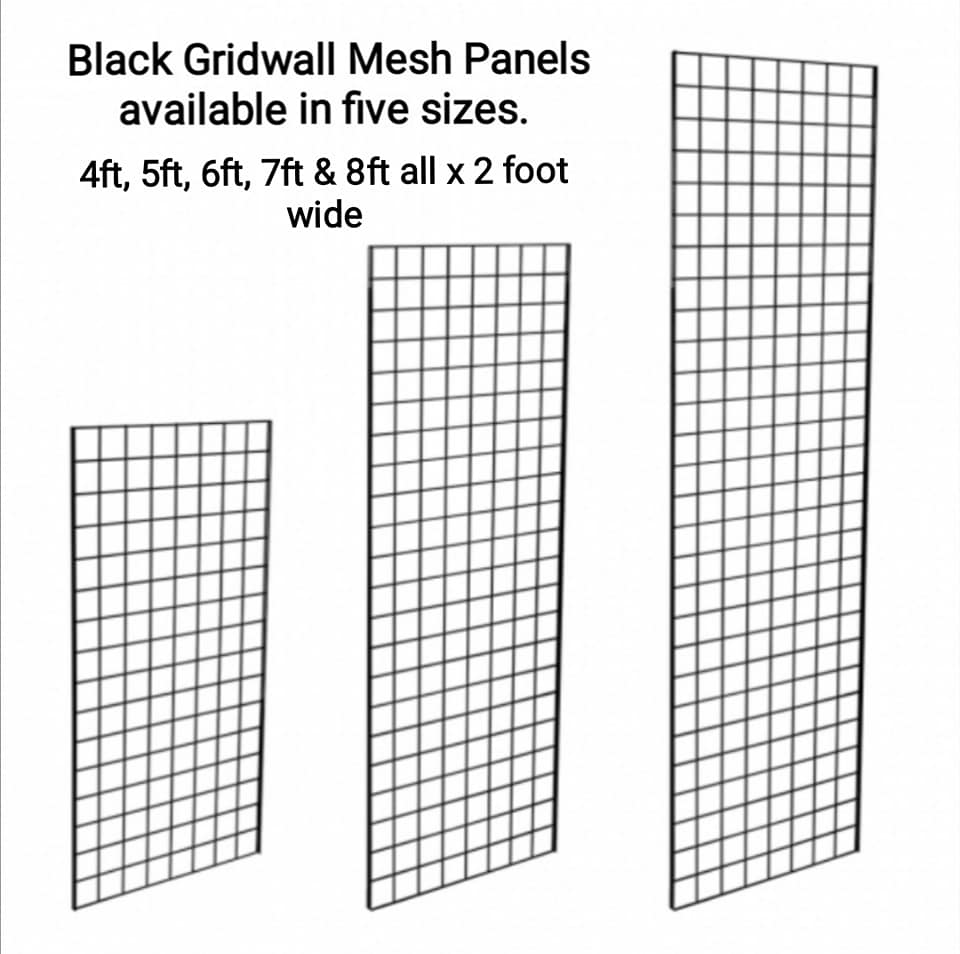The Ultimate Guide to Reef and Aquarium Systems: Creating Your Own Marine Paradise

Strong 8k brings an ultra-HD IPTV experience to your living room and your pocket.
For those who love the ocean and want to bring a slice of it into their home, few things are as captivating as a well-maintained reef and aquarium system. These stunning setups replicate the beauty and biodiversity of coral reefs, offering a colorful, dynamic underwater world right in your living room.
Whether you're a marine hobbyist or a curious beginner, building a reef and aquarium system is both rewarding and educational. This guide will walk you through the essentials of setting up and maintaining a reef tank, from selecting the right equipment to choosing compatible marine life.
What Is a Reef and Aquarium Setup?
A reef and aquarium setup is a type of saltwater aquarium that houses not only fish but also live corals, invertebrates, and other marine life. Unlike fish-only tanks, reef aquariums aim to replicate natural reef environments as closely as possible. This includes live rock structures, coral colonies, sand beds, and specialized lighting and water flow systems.
These tanks are not just beautiful—they’re also living ecosystems that require a balance of biological, chemical, and mechanical filtration to thrive.
Why Choose a Reef and Aquarium System?
Here are several reasons why hobbyists are drawn to reef aquariums:
Unmatched Beauty: The vivid colors and unique shapes of corals and reef fish create a living piece of art.
Diverse Marine Life: From clownfish and tangs to cleaner shrimp and soft corals, the variety is endless.
Educational Value: Setting up and maintaining a reef tank teaches you about marine biology, chemistry, and ecology.
Personal Satisfaction: Successfully growing corals and watching your ecosystem flourish is highly rewarding.
Essential Equipment for a Reef and Aquarium
A successful reef and aquarium setup requires careful planning and the right gear. Here’s a checklist of must-have items:
1. Tank
Start with at least a 40- to 75-gallon tank. Larger tanks are more stable and forgiving of changes in water chemistry.
2. Lighting
High-intensity LED or T5HO lighting systems are essential for coral growth. Different corals require specific light spectrums, so choose lighting accordingly.
3. Filtration System
A good filtration setup includes:
Protein skimmer: Removes organic waste before it breaks down.
Sump system: Offers additional water volume and a place for heaters, skimmers, and media.
Biological media: Promotes beneficial bacteria to break down ammonia and nitrite.
4. Water Movement
Powerheads or wavemakers help mimic natural ocean currents, keeping corals healthy and preventing detritus buildup.
5. Heater and Thermometer
Maintain water temperature between 76°F and 80°F. Stability is key.
6. RO/DI Water System
Use reverse osmosis deionized water to avoid introducing impurities or minerals that can harm coral growth.
7. Test Kits and Supplements
Monitor pH, salinity, alkalinity, calcium, magnesium, ammonia, nitrate, and phosphate. Add supplements as needed to keep coral-growing conditions ideal.
Choosing Livestock for Your Reef and Aquarium
A healthy reef and aquarium system includes a mix of fish, corals, and invertebrates. Here are some popular choices:
Reef-Safe Fish:
Clownfish
Royal gramma
Firefish gobies
Banggai cardinalfish
Yellow tang
Corals (Beginner-Friendly):
Mushroom corals
Zoanthids
Leather corals
Green star polyps
Hammer corals
Invertebrates:
Cleaner shrimp
Turbo snails
Hermit crabs
Sea stars
Feather dusters
Be sure to research compatibility before introducing new species. Some fish may nip at corals or outcompete others for food.
Daily and Weekly Maintenance Tips
Maintaining a reef and aquarium system may sound intimidating, but routine care makes it manageable:
Top off water daily with fresh RO/DI water to compensate for evaporation.
Test water parameters weekly and adjust as needed.
Change 10–15% of the water every 1–2 weeks.
Clean skimmer and equipment regularly.
Remove algae manually and check for pest organisms.
Consistency is key. A well-maintained tank will reward you with vibrant coral growth and active, healthy fish.
Common Mistakes to Avoid
Overstocking: Too many fish can lead to poor water quality.
Inadequate lighting: Corals need proper lighting to thrive.
Ignoring water chemistry: Even small imbalances can cause big problems.
Skipping quarantine: New fish or corals can introduce diseases or pests.
Take your time and research before making additions to your reef and aquarium.
Final Thoughts
Creating a reef and aquarium is more than a hobby—it’s an opportunity to build a living, breathing ocean ecosystem right at home. With patience, planning, and dedication, you can enjoy the mesmerizing beauty of a thriving coral reef, all while gaining a deeper appreciation for marine life.
Whether you’re building your first reef tank or upgrading an existing one, investing in the right equipment and care will make your underwater world a source of joy and fascination for years to come.
Note: IndiBlogHub features both user-submitted and editorial content. We do not verify third-party contributions. Read our Disclaimer and Privacy Policyfor details.







